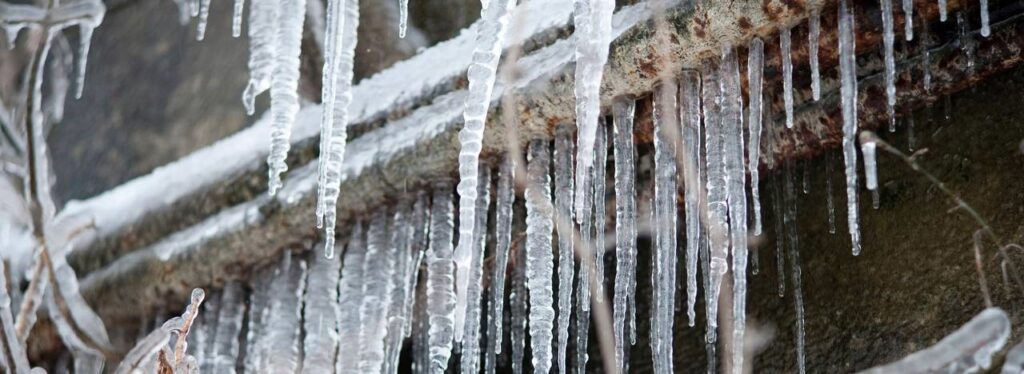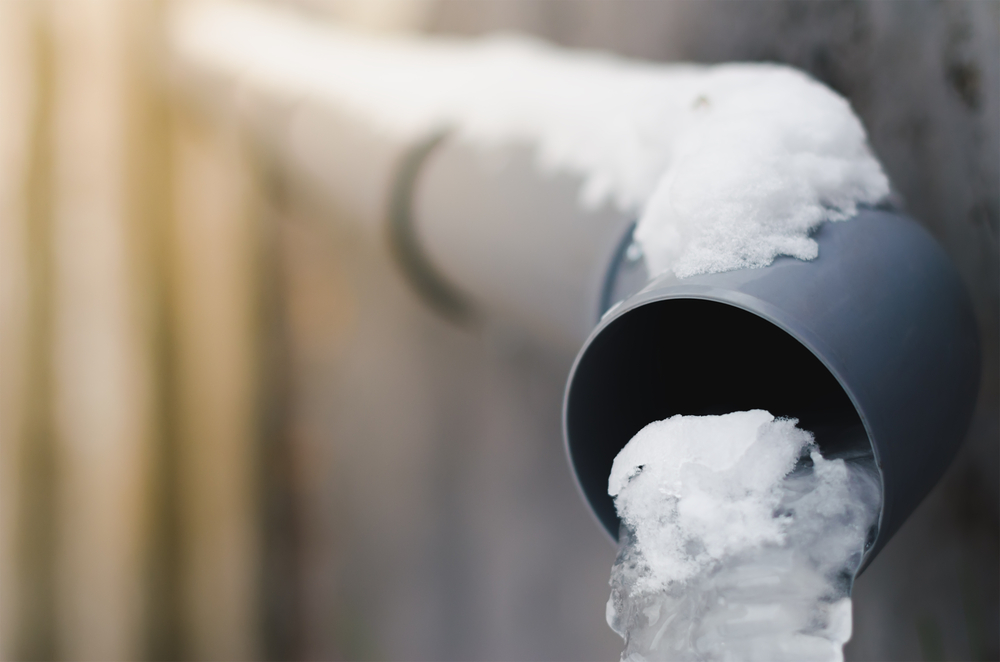Listed here on the next paragraphs you'll find a lot of sensible insights in regards to How to prepare your home plumbing for winter weather.

Winter can ruin your pipes, especially by freezing pipes. Right here's exactly how to avoid it from occurring and what to do if it does.
Introduction
As temperatures decline, the danger of frozen pipes rises, potentially resulting in costly fixings and water damages. Understanding just how to avoid frozen pipelines is important for property owners in cool environments.
Avoidance Tips
Insulating prone pipelines
Wrap pipes in insulation sleeves or make use of heat tape to secure them from freezing temperature levels. Focus on pipes in unheated or outside locations of the home.
Home heating methods
Maintain interior areas adequately warmed, specifically locations with pipes. Open cabinet doors to permit warm air to flow around pipes under sinks.
How to recognize icy pipelines
Try to find lowered water flow from faucets, uncommon odors or sounds from pipes, and visible frost on revealed pipes.
Long-Term Solutions
Architectural modifications
Think about rerouting pipes away from exterior walls or unheated locations. Include added insulation to attic rooms, basements, and crawl spaces.
Upgrading insulation
Buy top quality insulation for pipelines, attic rooms, and walls. Proper insulation aids preserve consistent temperature levels and minimizes the risk of icy pipes.
Protecting Exterior Plumbing
Yard hose pipes and outdoor faucets
Detach and drain yard hoses before winter. Mount frost-proof spigots or cover outside taps with insulated caps.
Comprehending Frozen Pipelines
What triggers pipelines to ice up?
Pipes ice up when revealed to temperature levels listed below 32 ° F (0 ° C) for expanded durations. As water inside the pipelines freezes, it expands, taxing the pipe walls and possibly creating them to break.
Risks and damages
Icy pipes can result in water disturbances, building damages, and pricey repair services. Ruptured pipelines can flood homes and create substantial structural damages.
Signs of Frozen Pipeline
Determining frozen pipes early can avoid them from breaking.
What to Do If Your Pipelines Freeze
Immediate activities to take
If you suspect icy pipelines, maintain taps open up to alleviate pressure as the ice thaws. Make use of a hairdryer or towels taken in warm water to thaw pipes slowly.
Conclusion
Avoiding frozen pipelines calls for positive actions and quick actions. By recognizing the reasons, indicators, and preventive measures, homeowners can safeguard their pipes during cold weather.
5 Ways to Prevent Frozen Pipes
Drain Outdoor Faucets and Disconnect Hoses
First, close the shut-off valve that controls the flow of water in the pipe to your outdoor faucet. Then, head outside to disconnect and drain your hose and open the outdoor faucet to allow the water to completely drain out of the line. Turn off the faucet when done. Finally, head back to the shut-off valve and drain the remaining water inside the pipe into a bucket or container. Additionally, if you have a home irrigation system, you should consider hiring an expert to clear the system of water each year.
Insulate Pipes
One of the best and most cost-effective methods for preventing frozen water pipes is to wrap your pipes with insulation. This is especially important for areas in your home that aren’t exposed to heat, such as an attic. We suggest using foam sleeves, which can typically be found at your local hardware store.
Keep Heat Running at 65
Your pipes are located inside your walls, and the temperature there is much colder than the rest of the house. To prevent your pipes from freezing, The Insurance Information Institute suggests that you keep your home heated to at least 65 degrees, even when traveling. You may want to invest in smart devices that can keep an eye on the temperature in your home while you’re away.
Leave Water Dripping
Moving water — even a small trickle — can prevent ice from forming inside your pipes. When freezing temps are imminent, start a drip of water from all faucets that serve exposed pipes. Leaving a few faucets running will also help relieve pressure inside the pipes and help prevent a rupture if the water inside freezes.
Open Cupboard Doors
Warm your kitchen and bathroom pipes by opening cupboards and vanities. You should also leave your interior doors ajar to help warm air circulate evenly throughout your home.

I'm very eager about Winter Plumbing Precautions: Preventing Frozen Pipes and I hope you enjoyed reading the entire page. Sharing is nice. You never know, you may very well be helping someone out. I love your readership.
Click Here